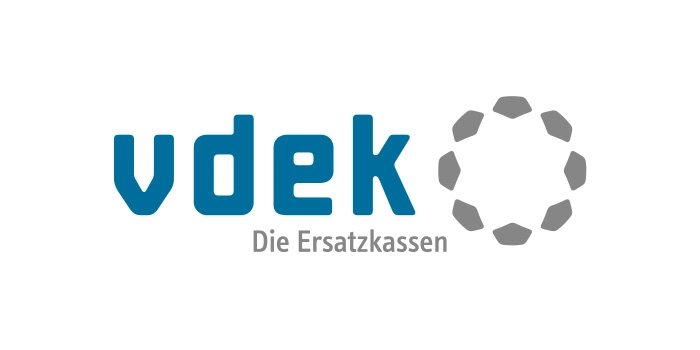
From Automation to Autonomy: Agentic AI
How Intelligent Agents Drive Real Business Impact
Many organizations are actively pursuing automation to increase efficiency, but traditional approaches often fall short when facing growing complexity, unpredictable environments, or the need for contextual decision-making. This is where a new paradigm takes shape: Agentic AI.
Agentic AI refers to artificial intelligence systems capable of autonomously achieving goals by sensing their environment, reasoning across multiple steps, adapting to change, and acting without constant human supervision. Rather than executing static rules or scripts, these systems behave more like proactive team members or even complete teams capable of coordinating tasks, learning from feedback, and collaborating with both humans and machines.
Fei-Fei Li, Professor of Computer Science at Stanford University, frames it succinctly:
"Agentic AI will revolutionize our interaction with technology by acting proactively, contextually, and adaptively - setting new standards for efficiency and user experience."
As enterprises look to drive meaningful business outcomes in an era of talent shortages and high expectations, Agentic AI is fast becoming a differentiator. In fact, usage is projected to grow by over 327% within two years, promising productivity gains of up to 30%.
But how do you move from the concept of intelligent agents to a scalable, business-ready solution? The answer lies in four distinct design patterns that define the way Agentic AI can be built and deployed.
What Is Agentic AI (And What It's Not)
Agentic AI differs fundamentally from rule-based automation or robotic process automation (RPA). Traditional systems follow rigid paths. Agentic AI systems, by contrast, are:
- Autonomous: They can act independently based on high-level goals.
- Adaptive: They learn from experience and adjust to dynamic environments.
- Cooperative: They coordinate with other agents and human users to achieve shared objectives.
Agentic AI systems often integrate technologies like LLMs, RAG systems, tool-use APIs, and multi-step reasoning. But these capabilities come together meaningfully through structured design approaches.
The Four Agentic AI Design Patterns

1. Self-Evaluating Agents
These agents are built with internal feedback loops, enabling them to reflect on their own performance and adjust their behavior in real-time. Inspired by technologies like AutoGPT with Self-Critique, they continuously learn from both success and failure.
Example: In document processing, a self-evaluating agent might spot declining accuracy in data extraction and proactively retrain its model or request user input.
Why It Matters: Enhances long-term reliability and reduces the need for human oversight in quality control.
2. Tool-Using Agents
These agents are not limited to internal capabilities. Instead, they leverage external tools—such as web browsers, code interpreters, calculators, or APIs—to complete complex tasks.
Example: A reporting agent generates a compliance report by extracting data from internal systems, validating figures with external databases, and summarizing findings with a visualization toolkit.
Why It Matters: Extends agent capabilities beyond pre-programmed logic and enables real-time, cross-system functionality.
3. Multi-Step Reasoning Agents
These agents excel at long-horizon tasks that require planning, sequencing, and revisiting earlier decisions. Using structured reasoning (e.g., chain-of-thought techniques), they approach tasks like a human project manager.
Example: In procurement, a multi-step reasoning agent may evaluate supplier quotes, plan deliveries, simulate risk, and draft approval memos—without direct supervision.
Why It Matters: Unlocks automation for complex decision chains previously considered too dynamic for AI.
4. Simulated Agent Teams
This pattern models ecosystems of agents, each with specialized roles and inter-agent communication. These systems simulate the dynamics of a well-functioning team, enabling distributed decision-making.
Example: A customer onboarding system might include one agent verifying identity, another setting up accounts, and a third monitoring compliance—each acting independently but in coordination.
Why It Matters: Scales AI across departments and allows specialization without centralized bottlenecks.
From Pilot to Platform: Implementing Agentic AI
Most organizations begin their journey with a high-ROI use case that is bounded in scope and achievable in short timeframes. A typical approach includes:
- Use Case Identification: Select a high-impact process with clear business value.
- Prototype Development: Implement a lightweight, modular agent with basic agent logic and user interface.
- Design Pattern Implementation: Apply one or more of the four patterns based on the problem.
- Technical and Business Evaluation: Measure precision, recall, coverage, acceptance, and ROI.
- Scale and Integrate: Extend to other processes, ensure governance, and integrate with IT systems.
The goal is to move from concept to confidence—validating feasibility before full-scale rollout.
From Intelligence to Impact
Agentic AI represents a powerful evolution in enterprise technology. But its promise hinges on thoughtful design. The four design patterns outlined here provide a proven path for developing AI agents that are:
- Proactive instead of reactive
- Context-aware instead of scripted
- Coordinated instead of siloed
Paired with robust implementation strategies, Agentic AI can help organizations break through current limitations—enabling smarter decisions, faster execution, and lasting business impact.
Now is the time to start small, think big, and scale fast.












